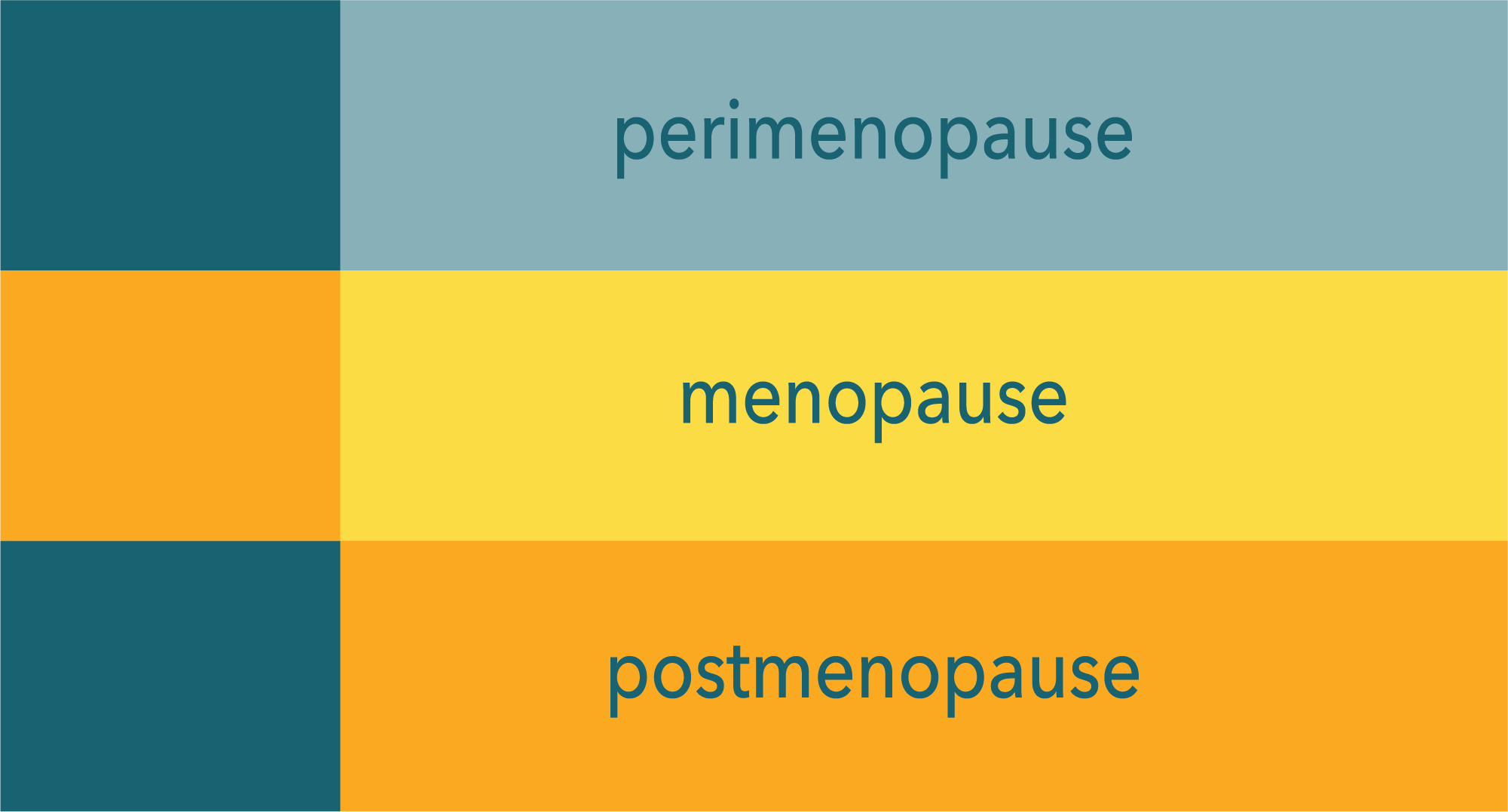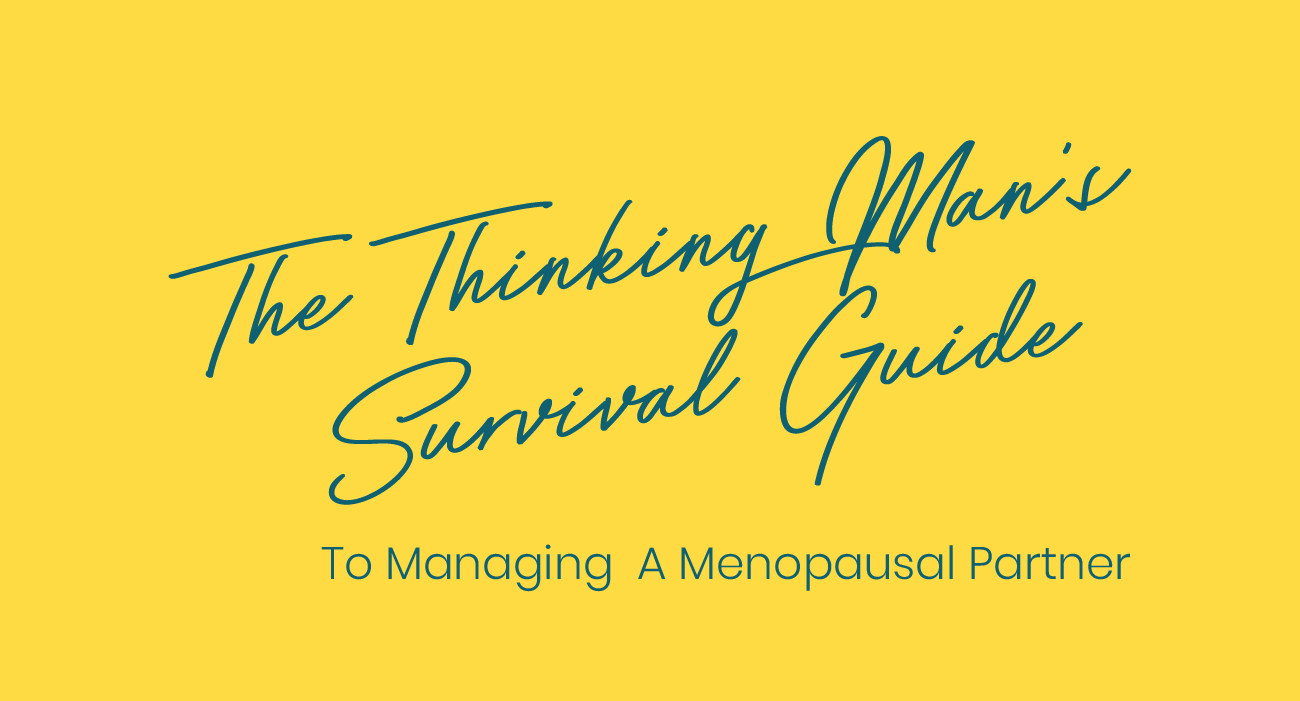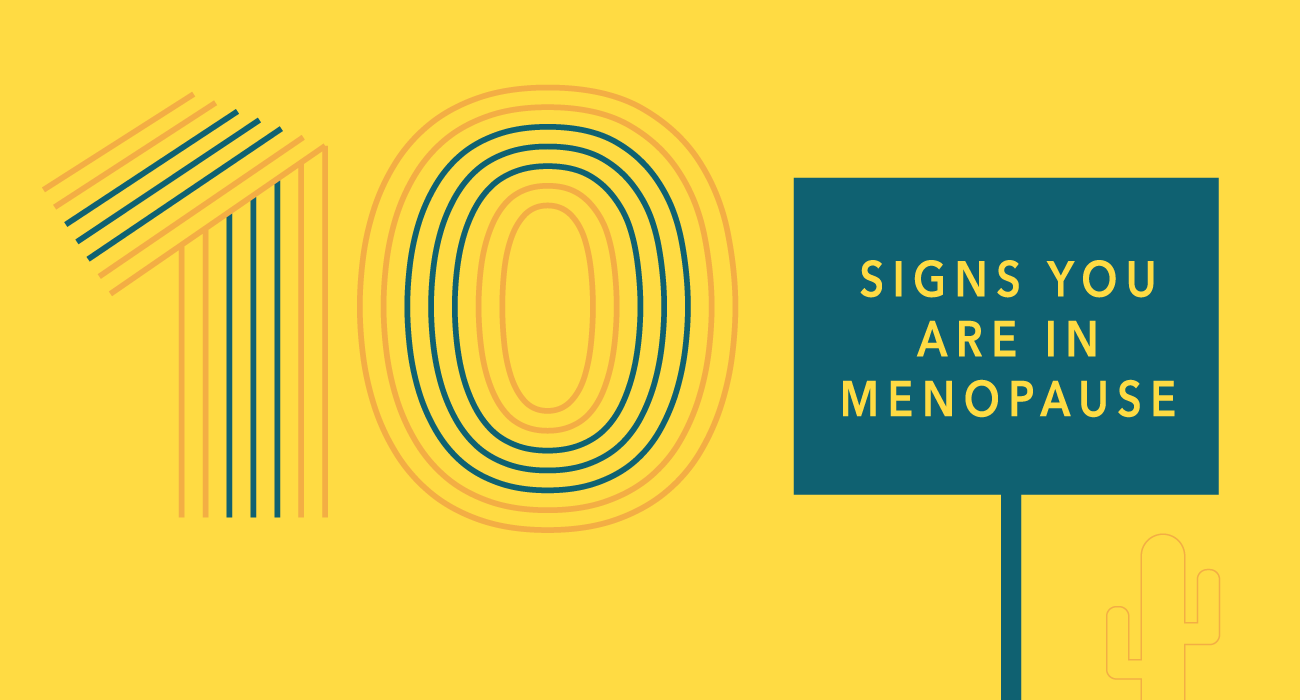
The three stages of menopause
The three stages of menopause – It is easy to feel overwhelmed by all the information about menopause so we have done the deep dive for you, making sure we keep it understandable, action focussed and evidence based.
Being aware of the different stages of menopause and what to expect from each stage is very important because it equips you both to prepare for the stage, and to find the most appropriate solutions you need to help you transition menopause more positively.
Most information on menopause – from the scientific to mainstream – focuses on the three stages of menopause. Perimenopause, Menopause and Postmenopause and provides the top symptoms for each phase and how to manage them. Each woman will experience menopause differently. The majority of women start their menopause journey in their early 40’s, and are likely to reach menopause by their early 50’s.
Menopause stage
Top 5 symptoms and the % of SA women survey who experienced them
Perimenopause
Tiredness (66%)
Mood swings (57%)
Irritability (55%)
Weight gain (55%)
Headaches (53%)
Ave # symptoms = 10
Menopause
Hot flushes (79%)
Night sweats (70%)
Weight gain (67%)
Low sex drive (66%)
Tiredness (65%)
Ave # symptoms = 12
Post-menopause
Low sex drive (58%)
Tiredness (55%)
Weight gain (55%)
Joint pain (53%)
Vaginal dryness (52%)
Ave # symptoms = 9
Pre-menopause is the time from when a young girl begins her periods, through peak-fertility, until (on average) mid-to-late-30’s. In pre-menopause you do experience hormonal fluctuations and this can typically cause mood swings and changes in periods.
The three stages of menopause are brought about by changing and declining hormones which is a part of the natural aging process.
One – Perimenopause (early-40s)
We don’t talk about menopause enough and what many women, do not know, is that menopause symptoms can start up to 10 years before full menopause is reached. This time is called perimenopause, meaning “around menopause” or the “menopausal transition”. It usually begins in a our 40s; and can be a very challenging time if you do not understand what is happening to your body.
Some women notice changes in their mid-30s already – remember everyone is different.
Based on Daliah’s Silent Chapter research, 20% of African-Black women who told us they started experiencing perimenopause symptoms before the age of 40 years. And up to two thirds of White South African women reported only experiencing symptoms after the age of 45 years.
If you have consistent changes in your period – both in length of period, frequency, and flow, without the presence of other health issues, you may be in early perimenopause. If gaps between periods begin lengthening, to about 60 days, you could be in late perimenopause and your menstrual cycle can continue. Common perimenopause symptoms can include: breast tenderness; worsening of PMS; irregular periods; changes in period flow.
Two – Menopause (early- to mid-50s)
Menopause occurs usually in a woman’s 50s, with scientific research suggesting women of African decent can experience menopause earlier. Menopause is defined by the medical profession as the time when a period has not occurred for 12 months. This heralds a new time for women, without periods and fertility.
Menopause that occurs at 40 or younger is called “premature menopause”; and where there is no medical or surgical reason for this, the medical term is “primary ovarian insufficiency”.
As women transition into menopause, the most common symptoms experienced, are: hot flushes; night sweats or cold flushes; vaginal dryness; urinary urgency; insomnia; emotional changes; dry skin, eyes or mouth. Other symptoms can include a racing heart, headaches, joint and muscle aches and pains; changes in libido; difficulty concentrating and memory lapses; weight gain; hair loss or thinning.
Three – Post-menopause (mid-50s to late-50s)
This time is defined by no periods, low estrogen, and a welcome decline in the symptoms of menopause – however, some symptoms can linger, such as hot flushes, dryness, anxiety, insomnia and joint pain. Women in post-menopause are more at risk from health conditions such as osteoporosis and heart disease. Timeous fact led information on your postmenopause symptoms are essential to enable you to manage your new hormonal changes and quality of life. “Postmenopause can be a time to reinvent yourself after years of focussing on the needs of everyone else” Oprah Winfrey.





